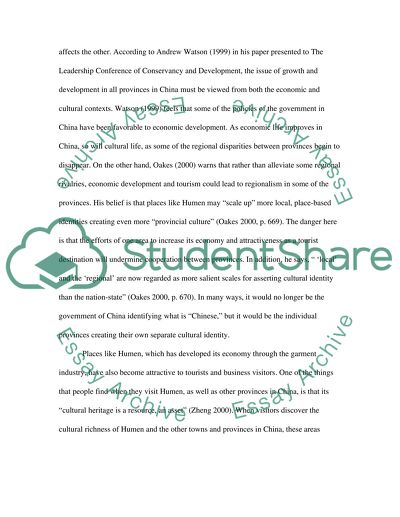Cite this document
(Building a Culture of Peace through Tourism Literature review, n.d.)
Building a Culture of Peace through Tourism Literature review. Retrieved from https://studentshare.org/tourism/1504858-literature-review-aboutsociocultural-and-economic-impacts-of-the-development-of-tourism-in-china
Building a Culture of Peace through Tourism Literature review. Retrieved from https://studentshare.org/tourism/1504858-literature-review-aboutsociocultural-and-economic-impacts-of-the-development-of-tourism-in-china
(Building a Culture of Peace through Tourism Literature Review)
Building a Culture of Peace through Tourism Literature Review. https://studentshare.org/tourism/1504858-literature-review-aboutsociocultural-and-economic-impacts-of-the-development-of-tourism-in-china.
Building a Culture of Peace through Tourism Literature Review. https://studentshare.org/tourism/1504858-literature-review-aboutsociocultural-and-economic-impacts-of-the-development-of-tourism-in-china.
“Building a Culture of Peace through Tourism Literature Review”, n.d. https://studentshare.org/tourism/1504858-literature-review-aboutsociocultural-and-economic-impacts-of-the-development-of-tourism-in-china.


